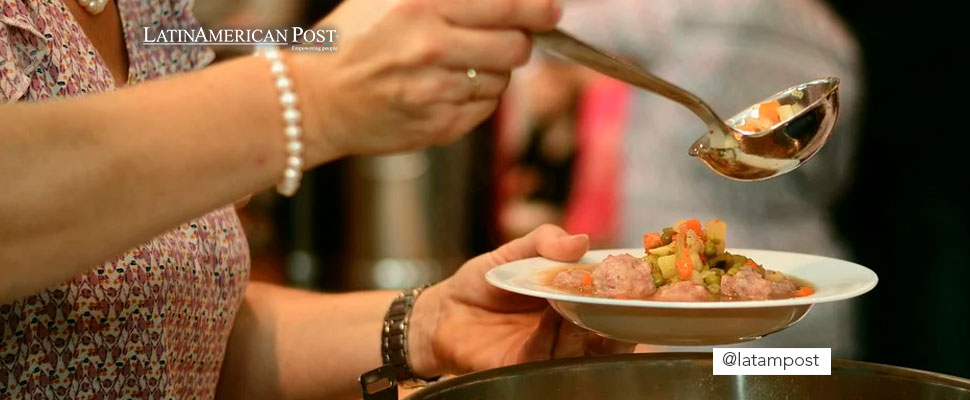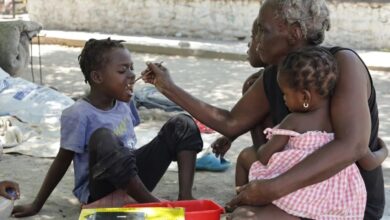2021: Latin America is One of the Regions of the World with the Highest Hunger Rates
For Latin America, 2021 was marked by being one of the regions of the world with the highest hunger rates, putting at risk the well-being of its most vulnerable citizens.

The economic and political precariousness also characterizes the territory, and as a result it also tops lists that do not generate so much pride. Photo: Pixabay
LatinAmerican Post | Vanesa López Romero
Listen to this article
Leer en español: 2021: Latinoamérica es una de las regiones del mundo con mayores índices de hambre
Latin America is characterized by being a diverse region in various measures: in its fauna and flora, in its idiomatic variants, in its cultures, among other characteristics. This has always positioned the region at the top of all kinds of rankings and lists. However, economic and political precariousness also characterizes the territory, and as a result it also tops lists that do not generate so much pride. In this case, Latin America is one of the regions with the highest rate of hunger in the world.
According to the Regional Panorama of Food and Nutrition Security 2021, a joint publication between FAO, PAHO / WHO, WFP, IFAD and UNICEF, Latin America and the Caribbean has a worrying food precariousness and its hunger rates have continued to increase since the 2000. Although between 2000 and 2013 there was an exponential increase in the numbers of hungry people, from 2014 to 2020 these numbers grew by 79%. A figure that has a lot to do with the precariousness that the crisis caused by COVID-19 and that will also affect this 2021.
The states of Latin America and the Caribbean are failing
Although the pandemic played a very important role in this increase, it is more than clear that this is a problem for which we cannot merely blame this COVID-19. These are 21 years of food insecurity that became more than visible and extensive when the pandemic hit, 21 years that left millions of people without food for days. This is extremely problematic because it denotes a number of failures on the part of the states that are part of the region, states that must ensure good food and nutrition for their citizens.
Also read: Opinion: Cities of the future: what will they be like and how do we have to rethink them?
According to the report, in 2020 alone, around 59.7 million people who are part of the region suffered from hunger, adding 13.8 million to the figure for 2019. Likewise, the data shows that 41% of the population of the region suffers from food insecurity. Remember that this does not only mean not eating, but also suffering from malnutrition and an awkward or no accompaniment when it comes to having a diet that provides all the nutrients you need.
Now, the region is at its highest point of food precariousness as we see an effort by countries to reactivate economically.
A problem that denotes more problems
Other problems that manifest themselves in this situation are, for example, malnutrition. More than 106 million people suffer from obesity in the region. Carissa F. Etienne, Director of PAHO / WHO, assured that "We continue to lose the battle against all forms of malnutrition and we are far from being able to guarantee a healthy diet for the entire population." Likewise, the specialist affirmed that a change in agricultural and food systems is necessary to be able to give these guarantees .
This has to do with another crisis: the environmental one. Our planet is increasingly far from being able to regenerate in order to supply all humanity with resources. Food comes directly from these natural resources, and without proper administration of these, we are far from providing guarantees regarding food. Let us remember that the environmental crisis that we are currently experiencing comes largely from a lack of care on the part of large industries and developed countries, but that the direct and primary consequences are largely experienced by developing countries and with more vulnerable communities, as is the case in Latin America and the Caribbean.




